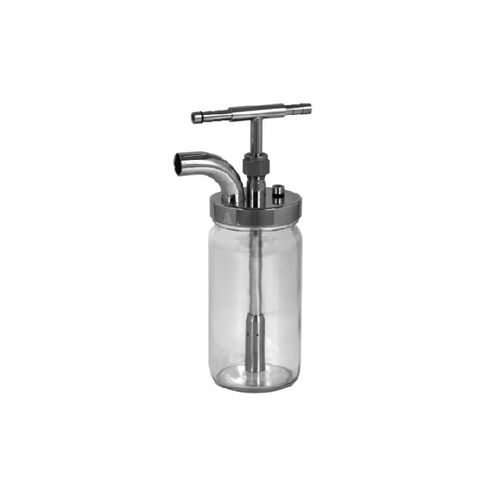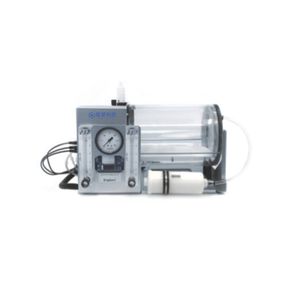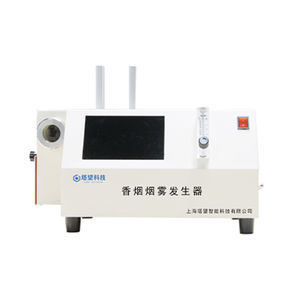
- Products
- Laboratory aerosol generator
- Shanghai TOW Intelligent Technology
- Company
- Products
- Catalogs
- News & Trends
- Exhibitions
Laboratory aerosol generator Collisonportableatomizer
Add to favorites
Compare this product
Characteristics
- Applications
- laboratory
- Configuration
- portable
- Technology
- atomizer
Description
The atomization method used in Collison aerosol generators relies on Bernoulli’s principle. When air passes through the nebulizer’s holes at high speed, it draws liquid from the can and breaks it down into small droplets. This atomized liquid then hits the tank’s wall, creating smaller droplets. Larger particles are removed from aerosols using specially designed traps or curved outlet pipes.
Product Description
The atomization method used in Collison aerosol generators relies on Bernoulli’s principle. When air passes through the nebulizer’s holes at high speed, it draws liquid from the can and breaks it down into small droplets. This atomized liquid then hits the tank’s wall, creating smaller droplets. Larger particles are removed from aerosols using specially designed traps or curved outlet pipes.
Collison aerosol generator has its standard for the glass jar: crushing-resistant polycarbonate, polyetherimide (ULTEM), and polysulfone tanks are optional to provide maximum protection against accidental exposure due to high stress or temperature conditions. In addition, 316 stainless steel tanks are available to ensure maximum durability and safety standards in special applications. Alternatively, an optional high-temperature resistant model is available.
The Collison atomizer is optionally fitted with the Precious Fluids Jar, which has a 5 ml hole at the bottom to save costly samples. The extension sleeve is pushed through the end of the Collison nozzle and dipped into the well. Using an extension sleeve, the nozzle is kept high so the output can properly hit the can.
Catalogs
Whole Body Exposure System
32 Pages
Other Shanghai TOW Intelligent Technology products
Respiratory Research
*Prices are pre-tax. They exclude delivery charges and customs duties and do not include additional charges for installation or activation options. Prices are indicative only and may vary by country, with changes to the cost of raw materials and exchange rates.












































